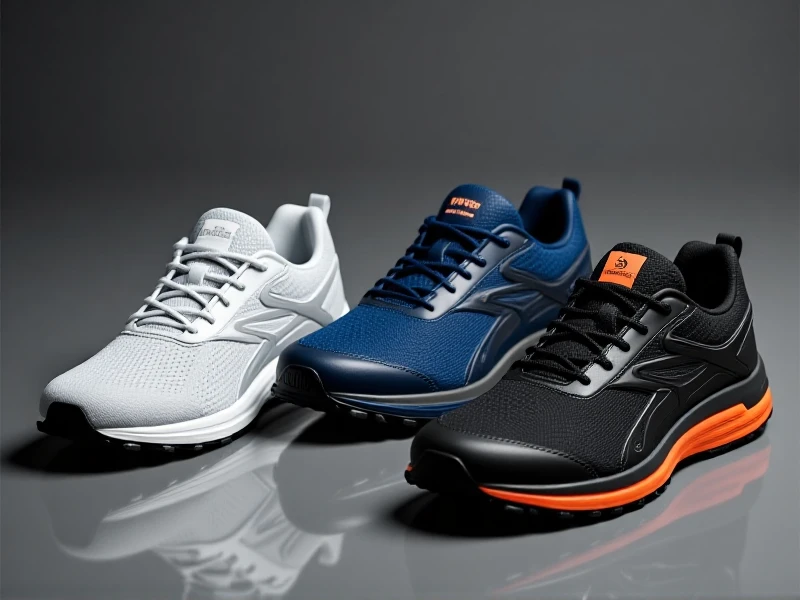
Stability Running Shoes: Your Key to Safer and More Efficient Runs
As a runner myself, I know how crucial the right footwear can be—especially when it comes to preventing common issues like ankle rolls or knee pain. Stability running shoes are engineered to tackle this, specifically for those who overpronate, meaning your feet roll inward excessively during each stride. Unlike neutral shoes, these feature built-in support, such as firmer midsoles and medial posts, to guide your motion back to a natural gait. That translates to less stress on joints and fewer injuries holding you back. After all, who wants their training season derailed by avoidable aches?
The core advantages of choosing stability running shoes are game-changers. First off, they enhance your performance by distributing impact evenly, which can boost efficiency and allow for longer, stronger runs. For instance, many runners report better times and reduced fatigue on those 10K routes. Key brands like Brooks or Saucony integrate these elements seamlessly—look for features like dual-density foam and structured heel counters that adapt to your stride. When selecting a pair, always assess your foot type (a quick gait analysis at a store works wonders) and consider your running surface. Trail running demands rugged outsoles for grip, while road-focused designs prioritize lightweight flexibility.
But let’s be honest: not all stability running shoes are created equal. Common pitfalls include buying based solely on brand hype or ignoring your unique biomechanics. Always try them on mid-day when feet are swollen, and aim for a thumb's width of space at the toe—this ensures room to splay without blisters. In my experience, models like the Asics GT-2000 or New Balance 860 provide reliable support without feeling bulky. Ultimately, investing in quality stability running shoes pays off big time. They empower you to run safer, recover faster, and chase personal bests with confidence. Ready to take your runs to the next level? Start your search today and feel the difference firsthand.